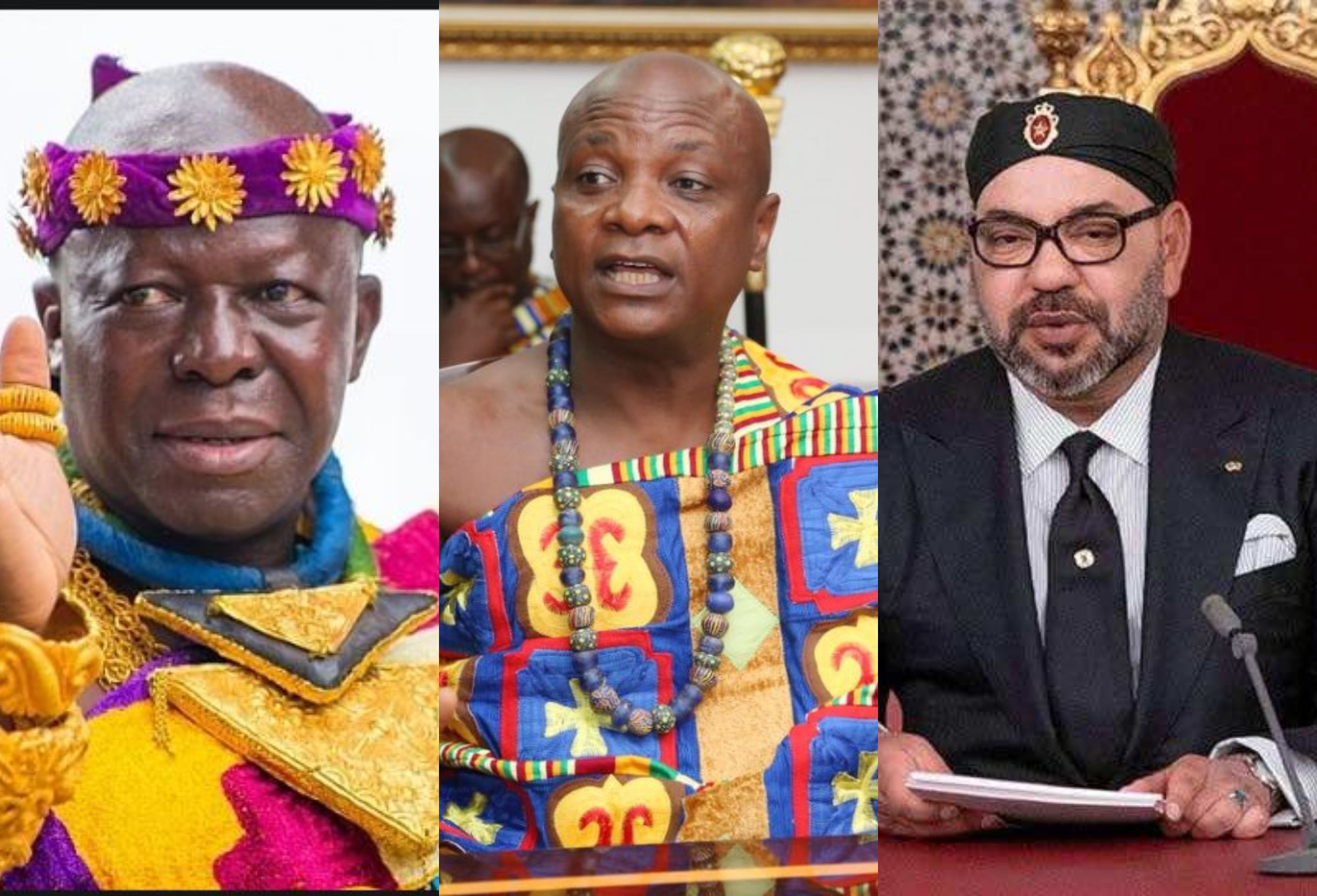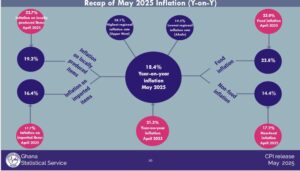
…The hard policy driver or considerate humane decision maker?
Human Resources (HR) has long been perceived as the enforcer of policies, the gatekeeper of compliance, and the custodian of organizational rules.
However, the evolving workplace demands a shift, from rigid policy adherence to a more empathetic leadership approach. The question then arises: Should HR leaders be strict policy drivers or considerate humane decision-makers? The answer lies in balancing both, but with a growing emphasis on empathy as a critical leadership competency.
Historically, HR departments were designed to ensure that organizations operated within legal and procedural frameworks. Policies were created to maintain order, prevent litigation, and standardize employee treatment.
In this model, HR leaders were often seen as rule enforcers, unyielding and detached from individual circumstances. Research by Ulrich (1997) highlights HR’s traditional administrative role, where efficiency and consistency were prioritized over personalized employee experiences.
While this approach ensured fairness in treatment, it often neglected the human element, employees’ emotions, motivations, and unique situations. A rigid HR stance could lead to disengagement, attrition, and a toxic work culture where employees felt undervalued (Goleman, 1998).
The Concept of “Hard HR” Practice: Definition and Potential Advantages
Human Resources (HR) management can be broadly categorized into two approaches: “Hard HR” and “Soft HR.” While “Soft HR” emphasizes employee development, engagement, and a people-centric culture, “Hard HR” takes a more rigid, transactional, and business-focused approach.
Hard HR is a managerial approach that treats employees primarily as resources, similar to machinery or capital, that must be efficiently utilized to achieve organizational objectives. It is rooted in scientific management theories (Taylor, 1911), where the focus is on productivity, cost control, and strict adherence to policies.
It is mostly characterised by HR’s strict enforcement of rules with little flexibility, prioritizing consistency over individual circumstances. Workforce planning often focuses on minimizing labour costs, often through hiring freezes, layoffs, or outsourcing and compensation and promotions are tied strictly to measurable outputs, with little emphasis on employee well-being.
Training is limited to job-specific skills rather than long-term career growth and employees are seen as replaceable assets rather than valued contributors. All these sound so familiar come to think of how most HR departments are run in non western environments such as in Ghana – West Africa.
While often criticized for being impersonal, Hard HR is not without merits, particularly in certain business environments. In highly regulated industries (e.g., finance, manufacturing), strict HR policies help maintain legal compliance and reduce risks. A rule-based approach minimizes favoritism and ensures uniform treatment, which can prevent discrimination lawsuits (Ulrich, 1997).
Hard HR aligns with lean or flat management principles, where workforce costs are tightly controlled. Companies facing financial instability (e.g., startups, restructuring firms) may benefit from this approach by avoiding unnecessary overheads (Pfeffer, 1998).
In sales-driven or results-oriented cultures (e.g., investment banking, retail), Hard HR’s focus on performance metrics can push employees to meet aggressive targets. Research by Kohn (1999) suggests that while extrinsic rewards (bonuses, penalties) may not foster long-term loyalty, they can boost short-term productivity. In contrast, Soft HR often involves subjective judgments, leading to potential biases.
Hard HR’s policy-driven framework simplifies decisions, reducing ambiguity in hiring, promotions, and terminations (Marchington & Wilkinson, 2012). During economic downturns or organizational crises, Hard HR enables swift actions like layoffs or pay cuts to ensure survival. While unpopular, such measures may be necessary for business continuity (Cascio, 2005).
But Hard HR has serious criticisms as well. A rigid, impersonal approach leads to disengagement and higher turnover (Gallup, 2023). Employees who are treated as expendable resources are less likely to contribute creatively and are harder to retain over time. Companies known for strict HR policies struggle to attract top talent. High-performing employees most certainly are bound to leave if they feel undervalued.
Hard HR is not inherently “bad,” but its effectiveness depends on the organizational context. In stable, knowledge-based industries, a purely Hard HR approach can be detrimental. However, in high-risk, cost-sensitive, or highly regulated sectors, it may offer necessary structure.
The best HR strategies often blend Hard and Soft HR elements, maintaining compliance while fostering employee well-being. As workplaces evolve, the challenge for HR leaders is to strike the right balance between policy enforcement and human-centric leadership.
The Rise of Empathetic Leadership in HR
Empathy, the ability to understand and share the feelings of others, has emerged as a cornerstone of modern HR leadership. Studies by the Center for Creative Leadership (2020) found that leaders who demonstrate empathy foster higher employee engagement, trust, and loyalty.
In HR, this means moving beyond policy manuals and considering the human impact of decisions. For example, during the COVID-19 pandemic, companies with empathetic HR leaders saw better employee retention and morale. Firms that allowed flexible work arrangements, mental health support, and personalized accommodations demonstrated that humane decision-making could coexist with business sustainability (Barsade & O’Neill, 2016).
Empathetic HR leaders do not abandon policies; instead, they interpret them with emotional intelligence. When an employee faces a personal crisis, such as a health issue or family emergency, an empathetic HR leader assesses the situation wholistically rather than rigidly applying attendance policies. This approach aligns with the “servant leadership” model (Greenleaf, 1977), where leaders prioritize employee well-being to drive long-term organizational success.
Critics argue that too much empathy can lead to inconsistent policy application, favoritism, or weakened discipline. If HR bends rules for some employees, others may perceive unfair treatment. A study by Gino (2015) warns that excessive empathy can cloud judgment, leading to biased decisions that harm organizational fairness.
However, empathetic leadership does not mean abandoning structure. Instead, it involves transparent communication, flexibility within reason, and case-by-case evaluations. For instance, Netflix’s “Freedom and Responsibility” culture allows flexibility in leave policies while maintaining high performance standards (Hastings & Meyer, 2020). This balance ensures that policies serve employees rather than constrain them.
Organizations that embrace empathetic HR practices reap tangible benefits. Research by Deloitte (2021) shows that companies with empathetic cultures report 40% higher employee productivity and 50% lower turnover rates. Furthermore, empathetic leadership enhances employer branding, attracting top talent who value workplace compassion.
Google’s “Project Oxygen” revealed that managers who exhibited empathy and emotional intelligence had teams with higher performance and job satisfaction. Similarly, Microsoft’s shift from a “know-it-all” to a “learn-it-all” culture under Satya Nadella emphasized empathy as a driver of innovation (Nadella, 2017). These examples prove that humane HR decision-making strengthens both employee experience and business outcomes.
Successful Empathetic Leadership engages in open dialogue with employees to understand their concerns. Training in self-awareness and relationship management enhances empathetic decision-making (Bradberry & Greaves, 2009).
Empathetic Leaders can create guidelines that allow discretion for exceptional circumstances without compromising fairness. When senior leaders model empathy, it permeates the organizational culture. In essence, empathetic leadership can become a culture thereby driving positive behaviour across the organisation.
The debate between policy rigidity and humane decision-making is not binary. The most effective HR leaders blend compliance with compassion, recognizing that policies exist to support people, not the other way around. As workplaces become more diverse and employee expectations evolve, empathetic leadership in HR will be the differentiator between transactional organizations and thriving, people-centric enterprises.
By embracing empathy, HR can transition from being seen as the “policy police” to becoming strategic partners who drive engagement, innovation, and sustainable growth. The future of HR lies not in choosing between hard policies and humane decisions, but in harmonizing both to create workplaces where employees feel valued, heard, and empowered.
For More Reading:
- Barsade, S. G., & O’Neill, O. A. (2016). “Manage Your Emotional Culture.” Harvard Business Review.
- Bradberry, T., & Greaves, J. (2009). Emotional Intelligence 2.0.
- (2021). “Global Human Capital Trends.”
- Gino, F. (2015). “The Surprising Effects of Empathy.” Harvard Business Review.
- Goleman, D. (1998). Working with Emotional Intelligence. Bantam Books.
- Greenleaf, R. K. (1977). Servant Leadership. Paulist Press.
- Hastings, R., & Meyer, E. (2020). No Rules Rules: Netflix and the Culture of Reinvention.
- Nadella, S. (2017). Hit Refresh.
- Ulrich, D. (1997). Human Resource Champions. Harvard Business Press.
The post HR Frontiers With Senyo M. Adjabeng : Empathetic leadership in HR appeared first on The Business & Financial Times.
Read Full Story









![Dormaahene hails Mahama, vows to carry him at his back if cedi hits GH?8 to $1 [Video]](https://sportal365images.com/process/smp-images-production/pulse.com.gh/01062025/e9150a95-eb04-4066-bf2d-fef977524ffe.png)







Facebook
Twitter
Pinterest
Instagram
Google+
YouTube
LinkedIn
RSS